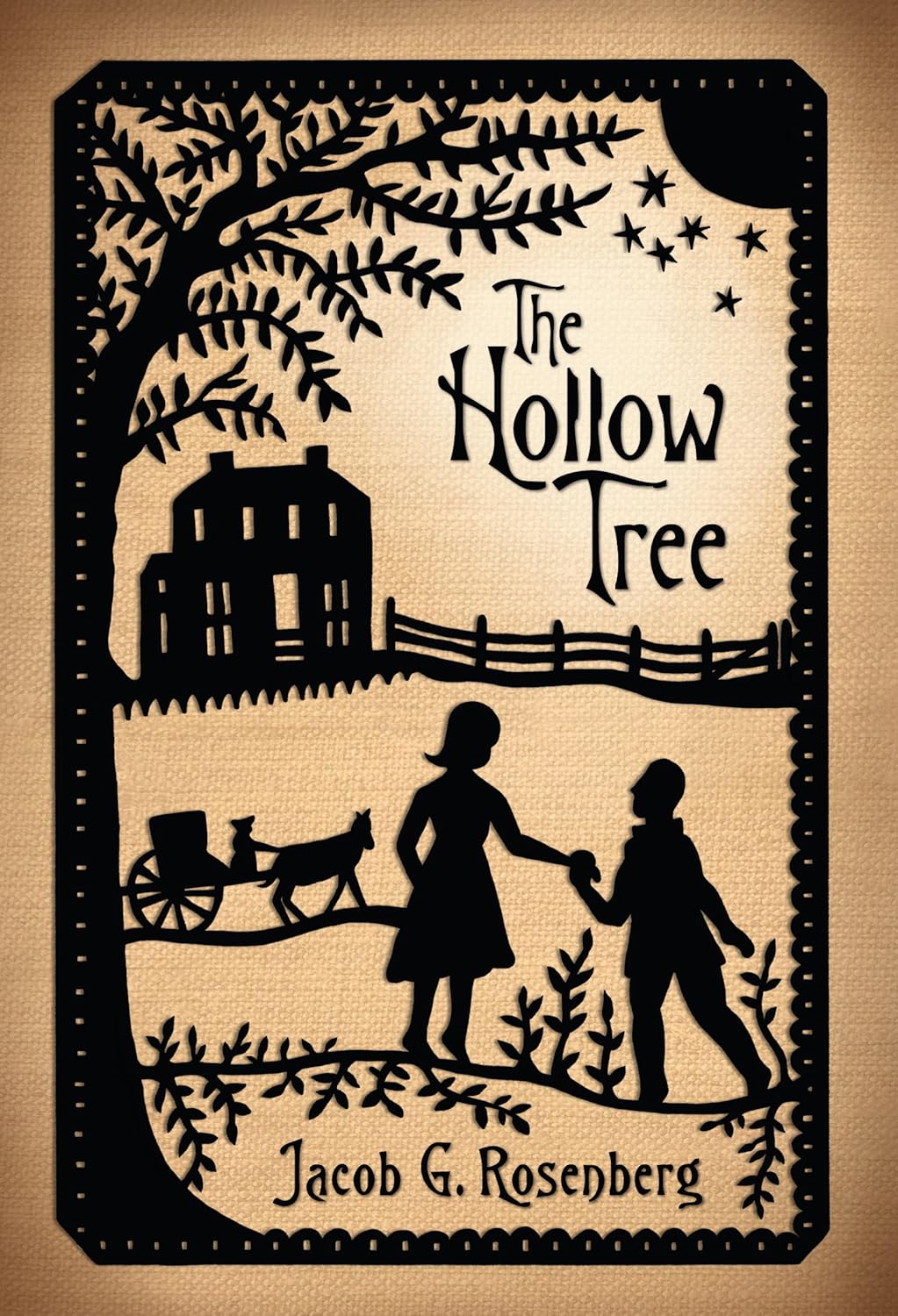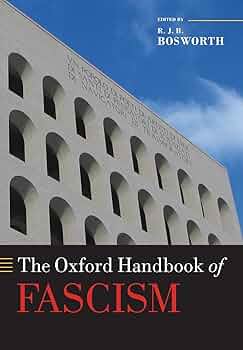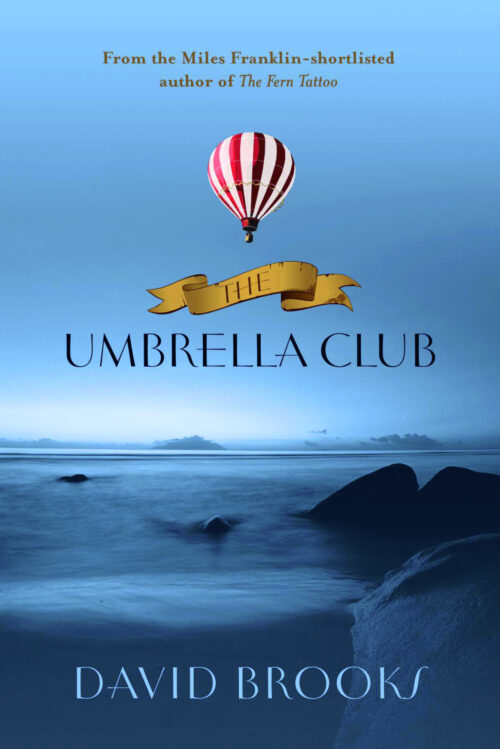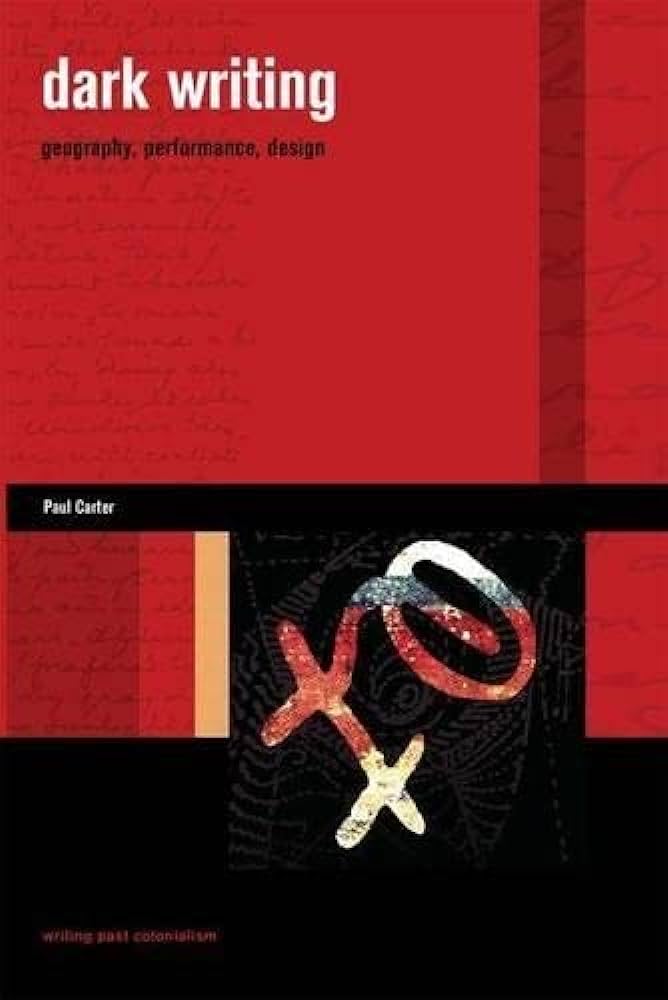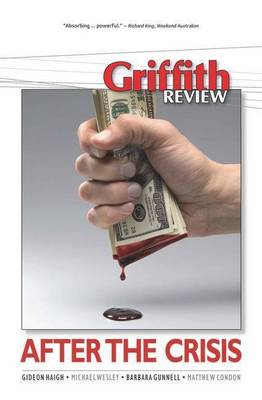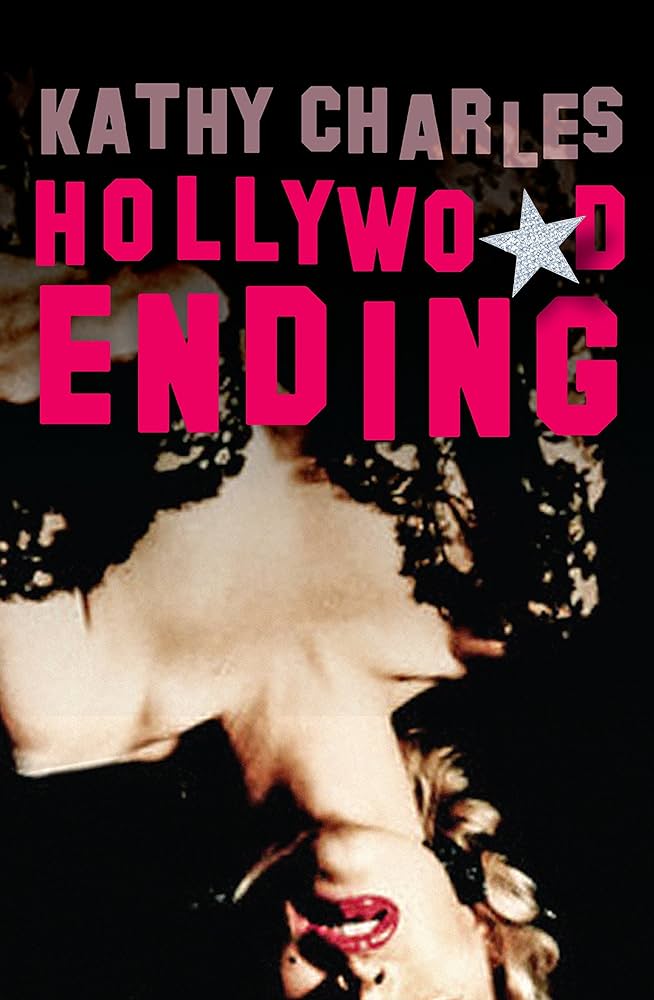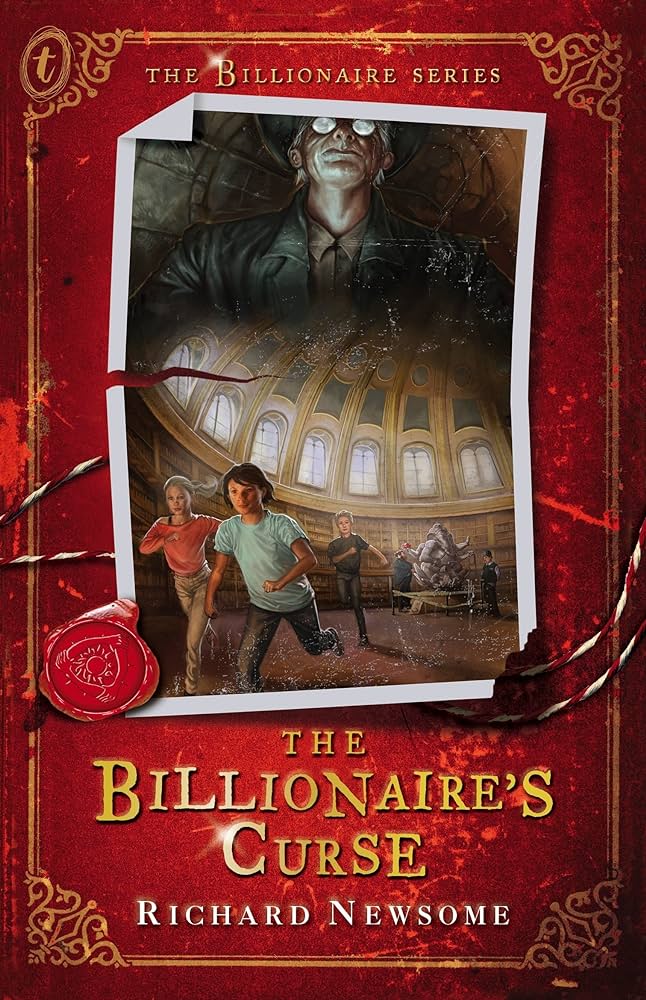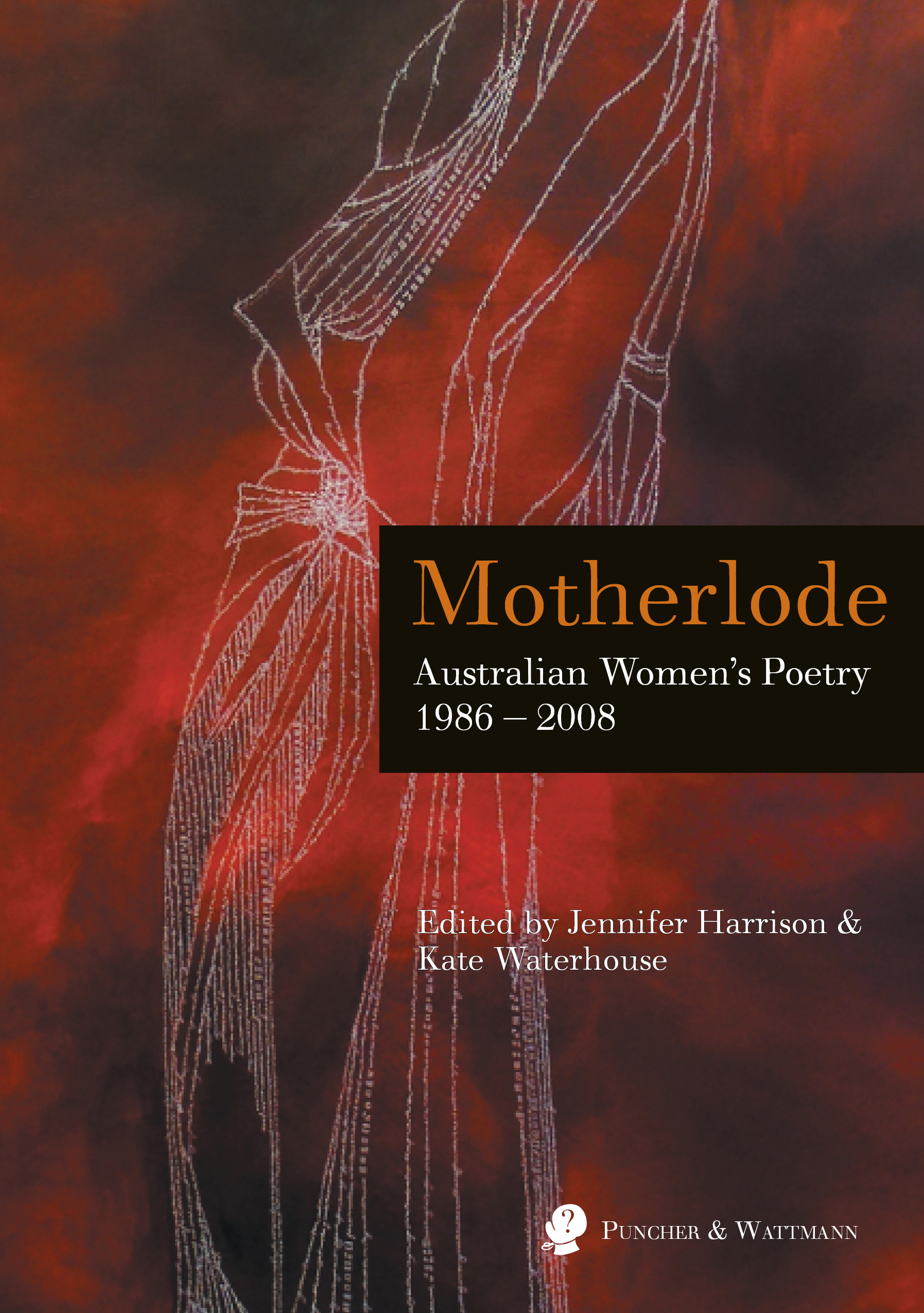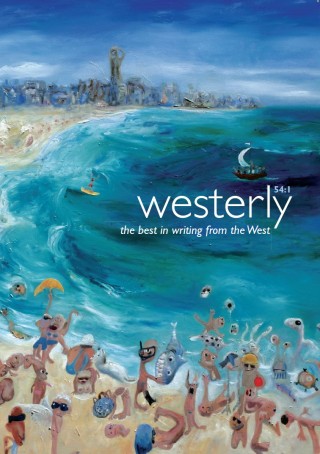Having disposed of World War I in a couple of brief chapters, our shell-shocked soldiers wonder what to do next. During the war, sinister balloons carrying out surveillance had hovered over the trenches. This now gives Axel Glover and Edward Llewellyn an idea. They have become mates in an understated English way, never making eye contact.
‘The first time I saw Axel Glover he was standing stark naked in a wide shaft of sunlight,’ begins the novel, which is written in the largely monologic voice of a diary or memoir. It records the lives of these two ‘very deep friends’ who, having survived the war together, commit to the somewhat eccentric adventure of ballooning to ‘New Albion’, in the Western Pacific of the imagination.
...
(read more)

